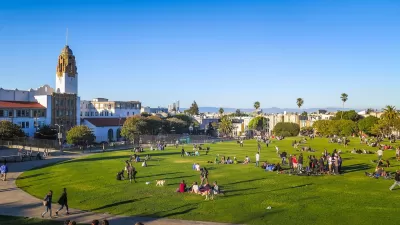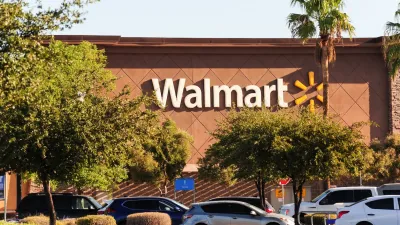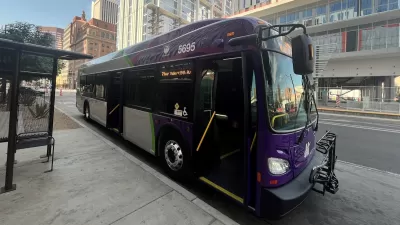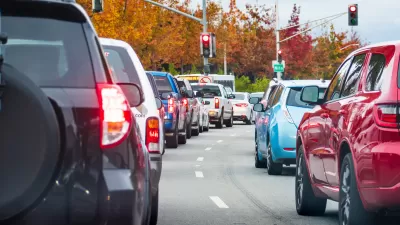Park agencies play an important role in decarbonization by creating and managing parklands, promoting sustainable practices, and engaging communities to combat climate change and enhance public health and biodiversity.

Decarbonization, the process of reducing carbon dioxide emissions, is crucial in combating climate change. Local park agencies play a key role in these efforts through their creation and management of parklands and promotion of sustainable practices. By harnessing their community influence, these agencies can drive progress toward a low-carbon future. Key strategies include transitioning to renewable energy, improving energy efficiency, adopting clean technologies, and implementing carbon capture and storage.
The importance of decarbonization cannot be overstated, as it addresses climate change mitigation, public health, biodiversity conservation, economic benefits, and energy security. Reducing greenhouse gas emissions helps slow global warming, improves air quality, protects ecosystems, creates job opportunities, and enhances energy reliability. Local park agencies, with their unique position and resources, are well-equipped to contribute to these goals.
Local park agencies contribute to decarbonization through various means. They enhance carbon sequestration by creating new parks, planting trees, and preserving natural areas, promote sustainable practices in park development and operations, and develop and maintain green infrastructure to mitigate urban heat island effects. Additionally, parks encourage active transportation modes like walking and cycling, which reduces reliance on motor vehicles and lowers carbon emissions.
Education and advocacy are also vital functions of park agencies. They can inform the public about the importance of decarbonization through community programs and campaigns, influencing policies and regulations that support sustainability. By prioritizing decarbonization, park agencies protect public health, conserve biodiversity, reduce operational costs, and set a positive example for communities, ultimately safeguarding natural environments for a sustainable future.
FULL STORY: Decarbonization and the Role of Local Park Agencies

Rethinking Redlining
For decades we have blamed 100-year-old maps for the patterns of spatial racial inequity that persist in American cities today. An esteemed researcher says: we’ve got it all wrong.

Planetizen Federal Action Tracker
A weekly monitor of how Trump’s orders and actions are impacting planners and planning in America.

Walmart Announces Nationwide EV Charging Network
The company plans to install electric car chargers at most of its stores by 2030.

Seattle’s Pike Place Market Leans Into Pedestrian Infrastructure
After decades of debate, the market is testing a car ban in one of its busiest areas and adding walking links to the surrounding neighborhood.

The World’s Longest Light Rail Line is in… Los Angeles?
In a city not known for its public transit, the 48.5-mile A Line is the longest of its kind on the planet.

Quantifying Social Infrastructure
New developments have clear rules for ensuring surrounding roads, water, and sewers can handle new users. Why not do the same for community amenities?
Urban Design for Planners 1: Software Tools
This six-course series explores essential urban design concepts using open source software and equips planners with the tools they need to participate fully in the urban design process.
Planning for Universal Design
Learn the tools for implementing Universal Design in planning regulations.
City of Moorpark
City of Tustin
City of Camden Redevelopment Agency
City of Astoria
Transportation Research & Education Center (TREC) at Portland State University
Regional Transportation Commission of Southern Nevada
Toledo-Lucas County Plan Commissions





























